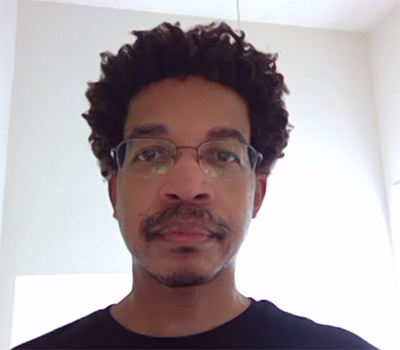Smaller and faster integrated circuits have revolutionized electronics for a broad range of applications from cell phones to pacemakers. Integrated circuits are miniaturized electronic circuits (both active transistor devices as well as passive components) that have been manufactured on a single semiconductor substrate. Due to continual manufacturing technology improvements, the physical size of these transistors continues to decrease — resulting in improved transistor performance in addition to the integration of more functionality for a given substrate area. The study of integrated circuits consists of designing new circuit topologies, analysis, and experimentation to take advantage of these new transistor improvements. Oregon State has one of the top programs in the country in analog integrated circuits emphasizing sensors, energy harvesting, communications devices for applications ranging from the Internet of Things to power systems.
Employment opportunities include engineering jobs to build new circuits and architectures for next generation computing platforms, including consumer electronics (i.e. cell phones, gaming consoles, MP3 players) and desktop/laptop computers (i.e. microprocessors).
Potential Job Opportunities
Circuit design engineer: design circuits, run simulations and trouble-shoot designs
Test engineer: tests functioning of ICs, components, boards, wafer-level, software for automatic test equipment
Applications engineer (field engineering): work with customers to utilize ICs in their system level designs
Technical sales engineer: support marketing and sales as an interface with customer
Technical writer: write documentation for proper use of an IC (data sheets) and application notes
Potential Employers
- Analog Devices
- Boeing
- Broadcom
- Hewlett-Packard
- Intel
- Maxim
- Medtronics
- NASA
- National Semiconductor
- Qualcomm
- Stryker
- Tektronix
- Texas Instruments
Courses
Core
- ECE 390 (Electromagnetics)
- ECE 416 (Electronic Materials and Devices)
- ECE 422 and 423 (CMOS Integrated Circuits I & II)
Electives
- ECE 413 (Sensors)
- ECE 417 (Basic Semiconductor Devices)
- ECE 418 (Semiconductor Processing)
- ECE 461 and 462 (Communications)
- ECE 464 (Digital Signal Processing)
- ECE 473 (Microprocessor System Design)
- ECE 474 (Digital System Design)
- ECE 485 (Microwave Design Techniques)
- ECE 482 (Optical Electronic Systems)
- ECE 483 (Guided Wave Optics)
Faculty

Vincent Immler
Assistant Professor
vincent.immler@oregonstate.edu
Research Groups
Electronic Materials and Devices | Integrated Electronics | Cybersecurity

Matthew Johnston
Professor
matthew.johnston@oregonstate.edu
Research Groups
Electronic Materials and Devices | Integrated Electronics | Health Engineering







